Welcome to our latest installment of Show Us Your Space, a Reverb series that celebrates the unique music-making environments of studio owners, builders, and musicians at all levels. Recently, we've visited a husband-and-wife pedal-building operation in Chicago, an all-tube equipment repair shop in Vouvray, France, and Dragon Ship Studio in Coastal Virginia.
Today, we're heading up to Philadelphia, where Repercussions Studios has been creating Philly hip-hop for years—first out of owner Andrew Ha's parents house, and now out of some spacious, stylish new digs. If you're inspired to record or just want to learn more about the studio, visit Repercussions' website here.
Have you assembled a great practice space, project studio, or music workshop? Be sure to drop us a line at [email protected].
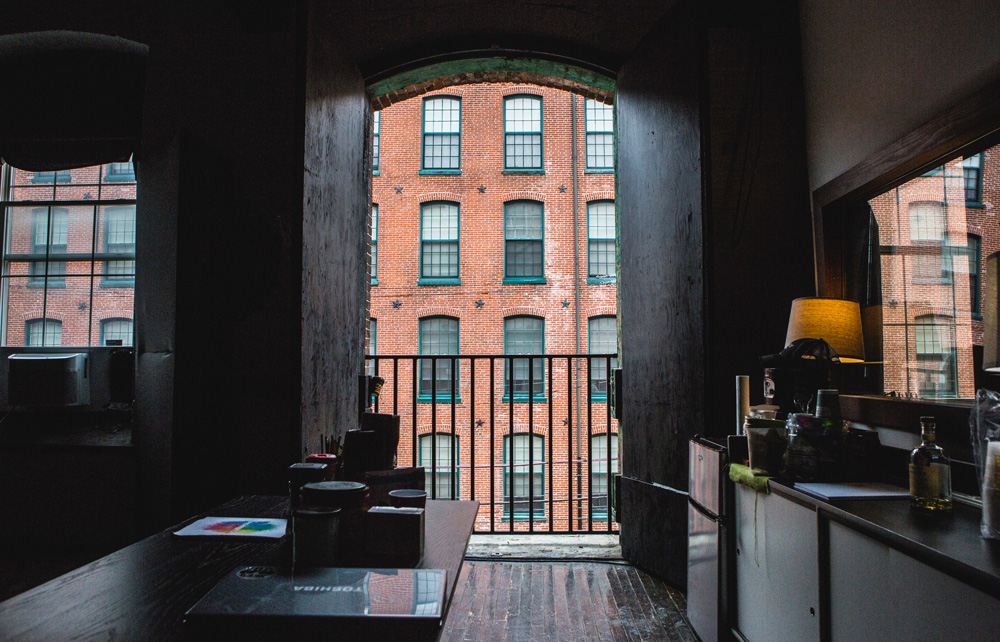
Repercussions started in my parents' house, in my bedroom. After about five years of recording friends and a handful of other people, I moved the studio out of my parents' bedroom into a 300 square-foot space. I spent three years there and built a healthy client list. However, the space was too small and I found that, especially during long sessions, the space got cramped.
The current Repercussions resides in an old horse-hair brush factory that has been repurposed for art studios. Repercussions sits on 800 square feet. I built the Studio structure myself over the course of three months back in the summer of 2016.
In december of 2017, I built the bass trap "wall" in my control room and finished the acoustic treatment in the vocal booth. We currently have four engineer-producers on call at all times of the day.
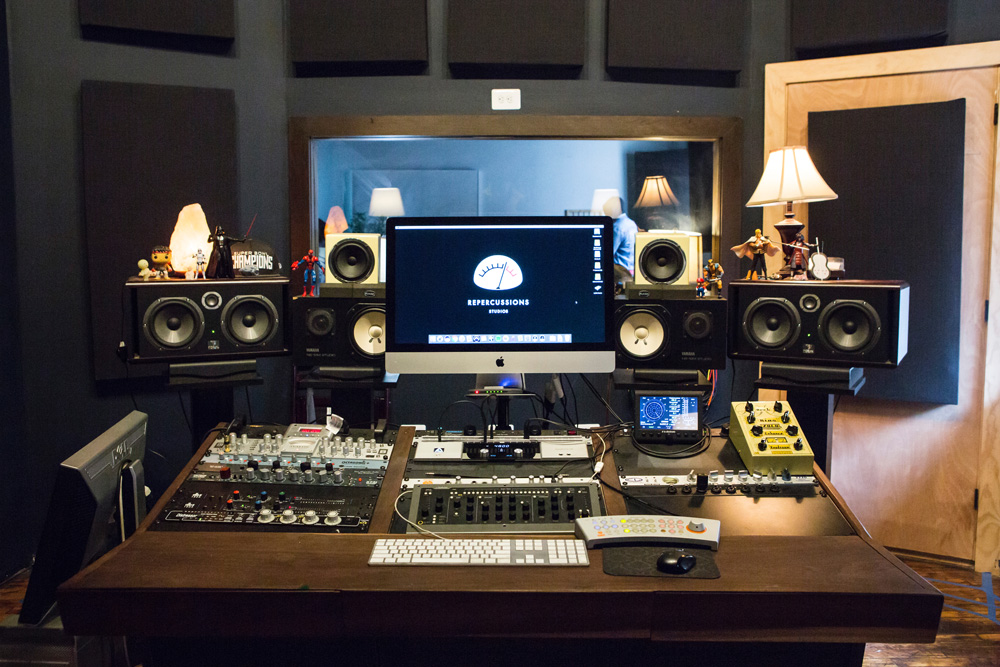
My DAW of choice is Pro Tools. My current vocal chain is the Miktek CV4 or the Pearlman TM-1 to the Vintech Audio X73 preamp to a Distressor to the Apogee Symphony interface.
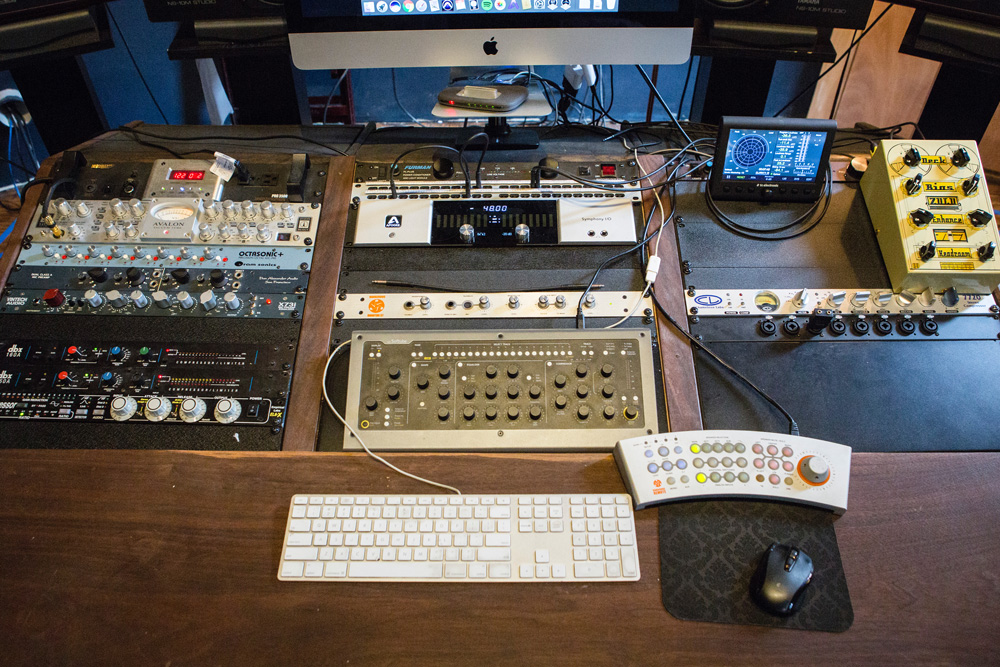
Some of the outboard gear I have is two DBX160As, a Handsome Audio Zulu (passive analog tape simulator), a pair of 1272s, an Avalon 737, and an Oram Octasonic, with a few more things on the way. At the time of writing this I picked up the SSL Nucleus for DAW control.
Speaking of DAW control, the Console 1 by Softube is my default channel strip plugin. I almost never use the interface to mix. I simply use the Console 1. I use it on every mix.
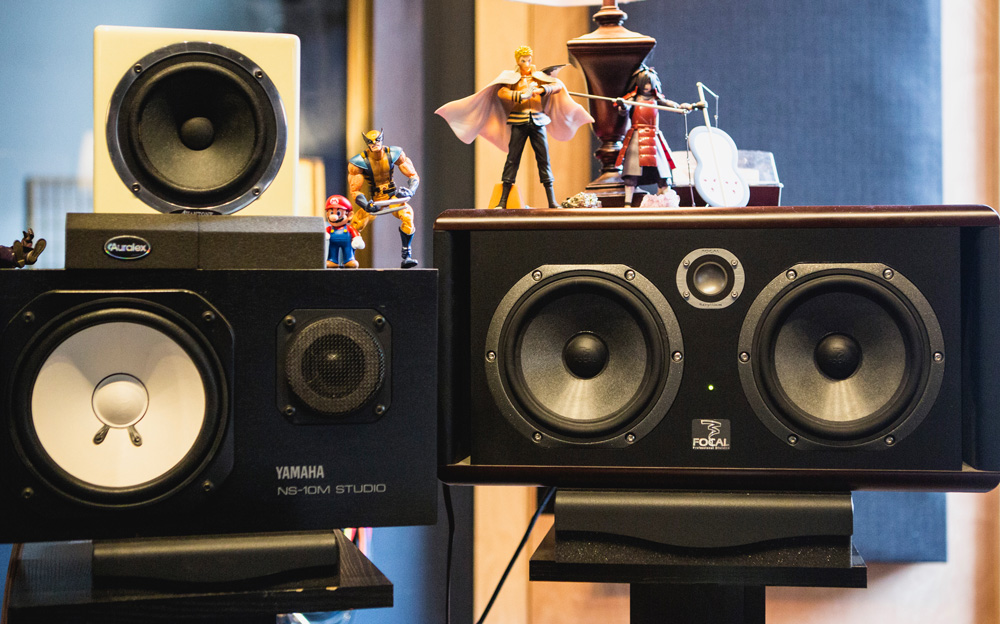
I'm very big on monitoring. My first hi-fi monitor were the Yamaha NS-10Ms with a Bryston 4B. I've had them for almost ten years now. I use the Avantone MixCubes for mono referencing and the Focal Twin6 Be monitors for the "big picture," as I like to call it. I have these all going through the Dangerous Music Monitor ST, which allows me to engage a sub into each of the monitors and also provides lots of other functions like TB, DIM, Mono, etc. When I mix, I reference each set of monitors before I print the master.

The control room is just under 300 square feet. The back wall has a 24-inch GIK Acoustics Soffit Bass Trap with two diffusers. The studio desk was custom piece inspired by desks often seen in mastering studios. People usually hang out there when I'm mixing.
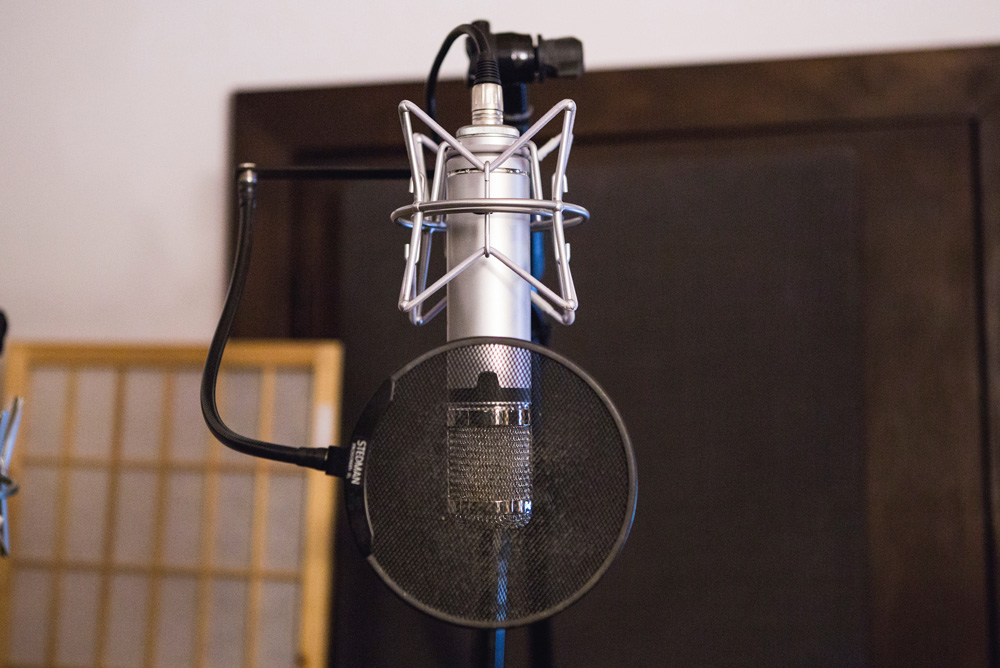
The vocal booth measures 8'x6'x12'. I have a mirrored computer monitor in there for easy communication with my clients. I also have three tube microphones, two headphones, and a telephone mic ready at all times. I'm a huge fan of modded microphones and clone microphones.
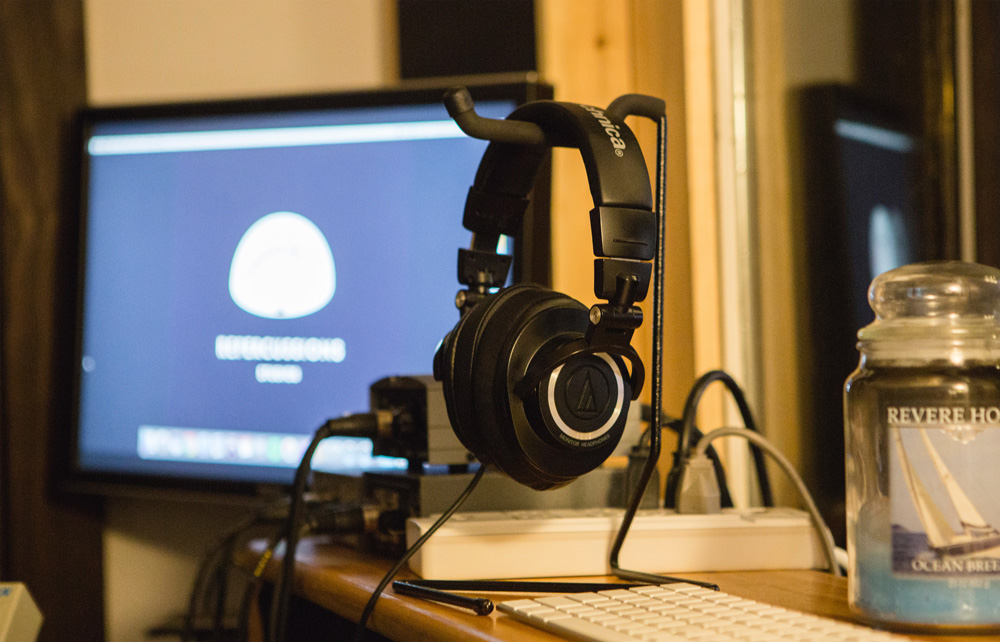
In a typical session we will track, mix, and master. We make it a policy to never send unmastered songs to our clients. Having a flexible template with easy access to a lot of sounds is crucial to doing this well and fast. We spend a lot of time focusing on our clients and their comfort—I've found that over the years, when you worry about vibe, the takes just come out great with less effort.
I usually will get a beat from the artist. I track their vocals, mix, add some sauce (drops, stutters, etc.), and master. Depending on how prepared the artist is, a lot can get done. Mixes will typically take 10 to 30 minutes. I spend a lot of time treating the vocal booth and selecting the right combo of gear for my vocal chain. I want it to sound mixed going into Pro Tools. I find this helps performers also.
I use the TC Electronic Clarity for metering—I usually will push a track somewhere between 9-7 lufs—and the Clarity's "Radar Mode" helps me keep my mixes dynamic yet loud for commercial consumption.
Check out Repercussions' website here for more information. And check out previous installments of our Show Us Your Space series below.
We'd love to see your studio, practice space, or gear lair too—whether it's a professional outfit or a weekend retreat. Contact us at [email protected].
